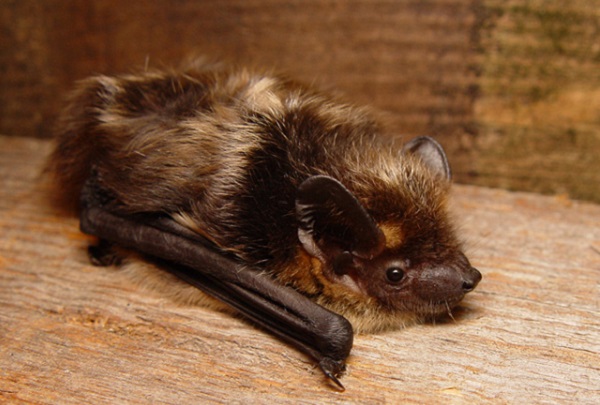A new species of bat named Mystacina miocenalis that inhabited New Zealand between 16 million years ago and 19 million years ago has been discovered by Associate Professor Suzanne Hand, a vertebrate paleontologist at the University of New South Wales in Australia, and colleagues. One of the strange characteristics of the new species is that it moved on land on all four limbs.
Mystacina miocenalis was at least three times the size of the average bat of today. The bat weighed 40 grams. The fossils were found in a prehistoric body of water Lake Manuherikia that is in Central Otago, the southernmost island of New Zealand. The lake is now dry and has been the site of numerous fossil discoveries. The climate at the time the new species of bat lived was warm and subtropical.
This fossil is the oldest ancestor of three species of bats that live in New Zealand and Australia today. The bats of this genus that live in the present and their ancient ancestor forage on the ground for nectar, pollen and fruit, insects, and spiders. The adaptation to four-legged travel on land originated in an Australian species and has been documented to have existed in the same species in New Zealand at least 17,500 years ago.
The researchers conclude that Mystacina miocenalis was in majority a land hunter and possibly a land dweller. The large size of the bat may have forced it to adapt to land even though modern species that are much larger do exist. The researchers can document that the new species originated in Australia and propose that it may have flown, might have floated, or could have crawled its way to New Zealand.















